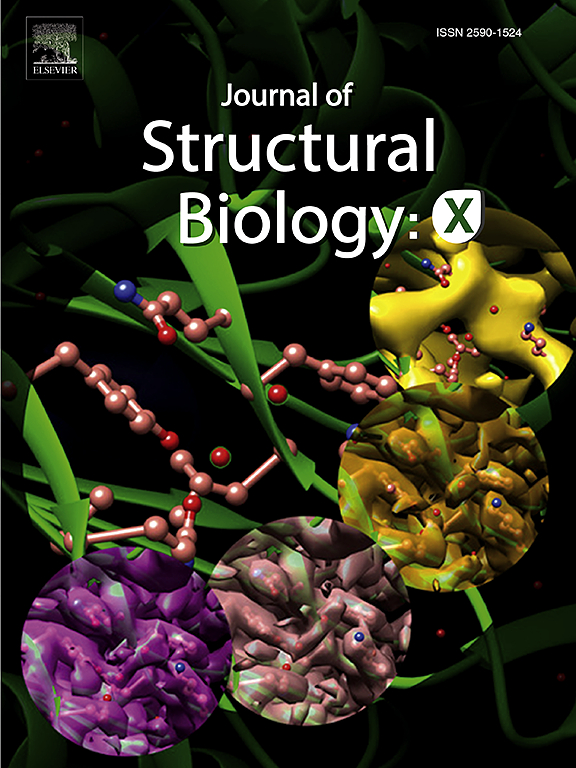Dengue virus-host interactions: Structural and mechanistic insights for future therapeutic strategies
IF 2.7
3区 生物学
Q3 BIOCHEMISTRY & MOLECULAR BIOLOGY
引用次数: 0
Abstract
Dengue pathogen, transmitted by mosquitoes, poses a growing threat as it is capable of inflicting severe illness in humans. Around 40% of the global population is currently affected by the virus, resulting in thousands of fatalities each year. The genetic blueprint of the virus comprises 10 proteins. Three proteins serve as structural components: the capsid (C), the precursor of the membrane protein (PrM/M), and the envelope protein (E). The other proteins serve as non-structural (NS) proteins, consisting of NS1, NS2A, NS2B, NS3, NS4A, NS4B, and NS5. The virus relies on these NS proteins to expropriate host proteins for its replication. During their intracellular replication, these viruses engage with numerous host components and exploit the cellular machinery for tasks such as entry into various organs, propagation, and transmission. This review explores mainly the relationship between dengue viral protein and host proteins elucidating the development of viral-host interactions. These relationships between the virus and the host give important information on the processes behind viral replication and the etiology of disease, which in turn facilitates the creation of more potent treatment strategies.

登革病毒-宿主相互作用:未来治疗策略的结构和机制见解。
由蚊子传播的登革热病原体造成的威胁越来越大,因为它能够对人类造成严重疾病。目前,全球约40%的人口受到该病毒的影响,每年造成数千人死亡。这种病毒的基因蓝图包括10种蛋白质。三种蛋白作为结构组分:衣壳(C)、膜蛋白前体(PrM/M)和包膜蛋白(E),其他蛋白作为非结构(NS)蛋白,包括NS1、NS2A、NS2B、NS3、NS4A、NS4B和NS5。病毒依靠这些NS蛋白来获取宿主蛋白进行复制。在细胞内复制过程中,这些病毒与许多宿主成分结合,并利用细胞机制来完成诸如进入各种器官、繁殖和传播等任务。本文主要探讨登革热病毒蛋白与宿主蛋白之间的关系,阐明病毒与宿主相互作用的发展。病毒和宿主之间的这些关系提供了关于病毒复制背后的过程和疾病病因的重要信息,这反过来又有助于制定更有效的治疗策略。
本文章由计算机程序翻译,如有差异,请以英文原文为准。
求助全文
约1分钟内获得全文
求助全文
来源期刊

Journal of structural biology
生物-生化与分子生物学
CiteScore
6.30
自引率
3.30%
发文量
88
审稿时长
65 days
期刊介绍:
Journal of Structural Biology (JSB) has an open access mirror journal, the Journal of Structural Biology: X (JSBX), sharing the same aims and scope, editorial team, submission system and rigorous peer review. Since both journals share the same editorial system, you may submit your manuscript via either journal homepage. You will be prompted during submission (and revision) to choose in which to publish your article. The editors and reviewers are not aware of the choice you made until the article has been published online. JSB and JSBX publish papers dealing with the structural analysis of living material at every level of organization by all methods that lead to an understanding of biological function in terms of molecular and supermolecular structure.
Techniques covered include:
• Light microscopy including confocal microscopy
• All types of electron microscopy
• X-ray diffraction
• Nuclear magnetic resonance
• Scanning force microscopy, scanning probe microscopy, and tunneling microscopy
• Digital image processing
• Computational insights into structure
 求助内容:
求助内容: 应助结果提醒方式:
应助结果提醒方式:


